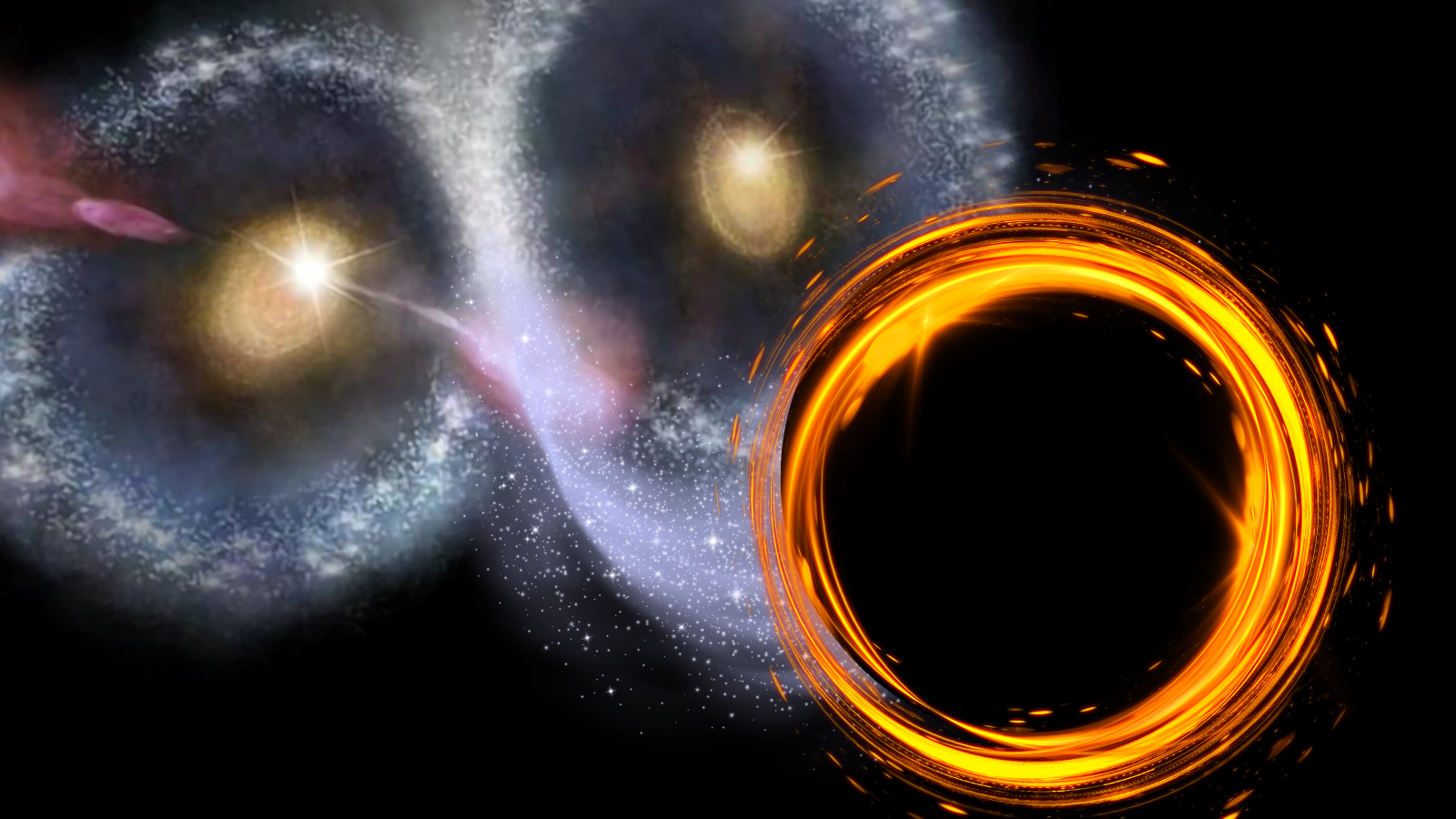'Antigravity' Propulsion System Proposed
An'antigravity' propulsion system was proposed at the Space Technology andApplications International Forum (STAIF) in Albuquerque on Febuary14 by Dr. Franklin Felber. His new exact solution toEinstein's gravitational field equation gives hope to space enthusiasts that itmight be possible to accelerate space craft to speeds approaching that of lightwithout crushing the contents of the craft. If it works, it could be evenbetter than apergy,as described by science fiction writer Percy Greg in 1880.
Dr. Felber'spaper states that a mass moving faster than 57.7 percent of the speed of lightwill gravitationally repel other masses lying within a narrow 'antigravitybeam' in front of it. This "beam" intensifies as the speed of themass approaches that of light.
The paper shows how to usethe repulsion of a body speeding through space to accelerate large spacecraftquickly while reducing internal tidal forces that could tear the cargo apart.The paper argues that the payload would "fall weightlessly" in anantigravity beam as it is accelerated to a substantial fraction of light speed.
"Based on this research, I expect a mission toaccelerate a massive payload to a 'good fraction of light speed' will belaunched before the end of this century," said Dr. Felber."These antigravity solutions of Einstein's theory can change our view ofour ability to travel to the far reaches of our universe."
(From Physicistto present solution)
On the downside, it doesnot appear that Dr. Felber has published any previouspapers in the field of general relativity. Also, the space engineeringconference in Albuquerque probably has lower standards for peer review thanthose at a gravity conference.
Gravity is a favoritesource of propulsion for science fiction writers. In his 1880 novel Acrossthe Zodiac, writer Percy Greg refers to a marvelous material called apergy:
I had satisfied myself that only one thing needful was asyet wholly beyond the reach and even the proximate hopes of science...
Breaking space news, the latest updates on rocket launches, skywatching events and more!
Ineeded a repulsion which would act like gravitation through an indefinite distanceand in a void - act upon a remote fulcrum, such as might be the Earth in avoyage to the Moon, or the Sun in a more distant journey. As soon, then, as thecharacter of the apergic force was made known to me,its application to this purpose seized on my mind. Experiment had proved itpossible, by the method described at the commencement of this record, togenerate and collect it in amounts practically unlimited.
(Read more about apergy)
Prior methods forspacecraft propulsion include the bird-like Gansasof Bishop Godwin's 1638 book The Man in the Moone.Next came gunpowder, which was used in the colossal Columbiadlaunching cannon used in Jules Verne's 1867 novel From the Earth to the Moon.Neither method accelerated travellers to anappreciable fraction of light-speed.
As far as I know, the onlyreal, working example of using large masses for "gravitationalpropulsion" is the well-known "slingshot" or "gravityassist" method used successfully in the Voyager, Galileo and Cassini programs. Historians of science differ on thesource of the idea, but the basic idea was described by science fiction writerRay Cummings in his 1931 novel Brigandsof the Moon (see Ray Cummings' gravityassist).
Read Dr.Felber's paper "Exact relativistic 'antigravity'propulsion and news articles hereand here. Thanks to Adiand others who wrote in with this one.
(This ScienceFiction in the News story used with permission from Technovelgy.com - where science meets fiction.)
Bill Christensen is the founder and editor of Technovelgy, a website dedicated to cataloguing the inventions, technology and ideas of science fiction writers. Bill is a dedicated reader of science fiction with a passion about science and the history of ideas. For 10 years, he worked as writer creating technical documentation for large companies such as Ford, Unisys and Northern Telecom and currently works to found and maintain large websites. You can see Bill's latest project on Twitter.
